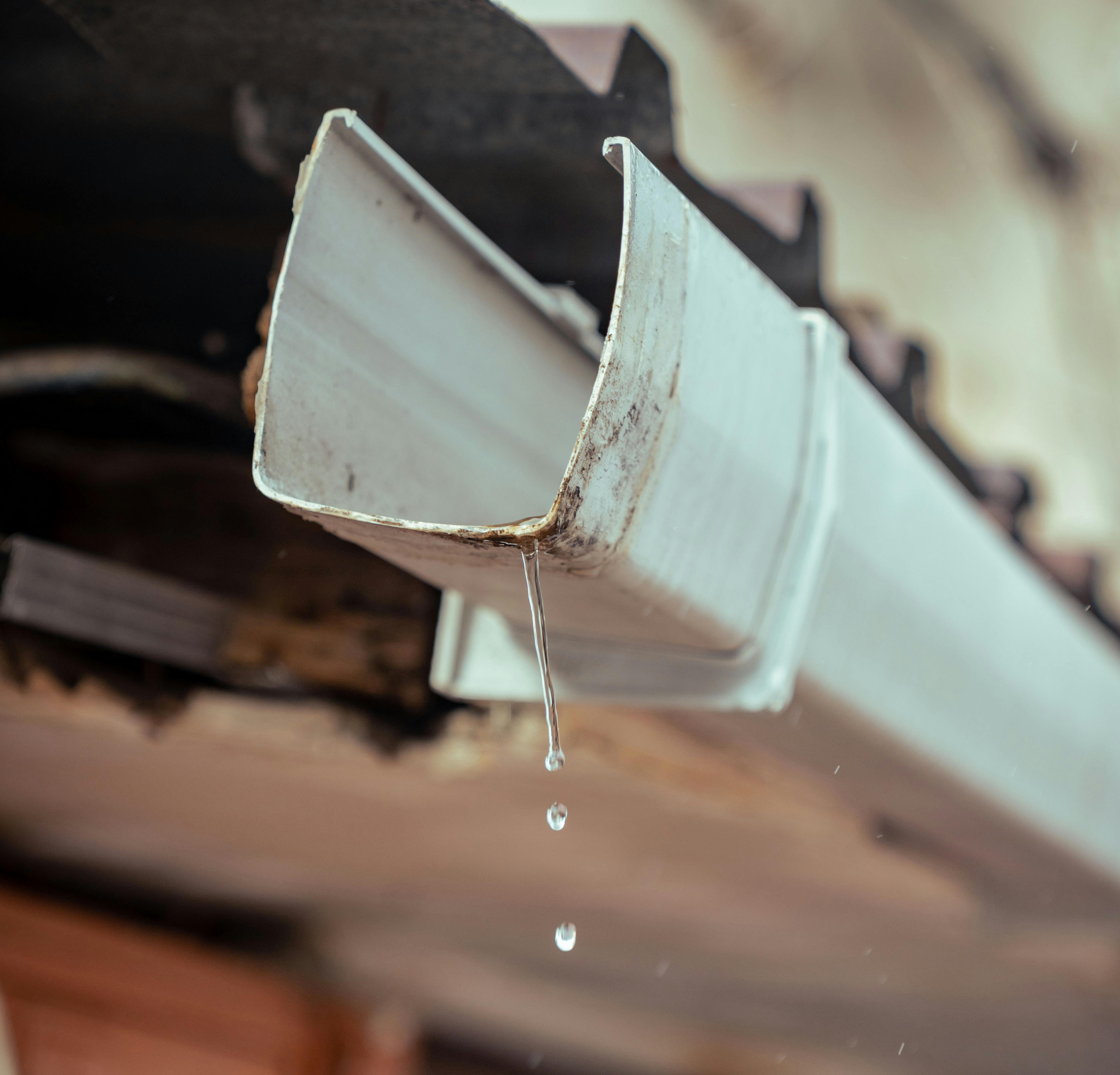Homeownership comes with a long list of responsibilities, but one of the most important is regular home maintenance. While it’s easy to focus on immediate repairs or aesthetic upgrades, ongoing maintenance is essential in preventing future disasters. Issues like water damage, mould growth, and even structural problems can often be avoided with routine upkeep. Taking small, proactive steps now can save homeowners from costly repairs and more significant damage later on. Here’s why regular home maintenance is crucial and how it can help prevent common issues.
Why Regular Home Maintenance Matters
Significant mould growth doesn’t happen overnight—it often starts as small, unnoticed issues that build up over time. Regular home maintenance helps you catch these problems early, before they escalate into full-blown disasters. Whether it’s a leaky pipe that eventually causes water damage or blocked gutters that lead to flooding, small problems left unchecked can result in significant repairs and expenses.
Routine inspections and minor fixes not only safeguard your home but also ensure that it remains a safe and healthy environment for you and your family. Preventing these issues also helps maintain your property value and reduces the stress of emergency repairs.
Common Issues Prevented by Regular Maintenance
-
Water Damage
Water damage is one of the most common and costly issues homeowners face. It can occur due to leaking pipes, faulty roofing, or poor drainage around the home. If left unchecked, water damage can lead to structural problems, mould growth, and damaged belongings.
Prevention Tips:
- Regularly inspect your roof for missing or damaged shingles, especially after heavy storms.
- Check your plumbing for leaks or corrosion, especially under sinks and around appliances.
- Clean your gutters at least twice a year to ensure proper drainage.
- Ensure that the grading around your home directs water away from the foundation to prevent basement flooding.
-
Mould Growth
Mould thrives in damp, poorly ventilated areas and can cause serious health issues, especially for individuals with allergies or respiratory conditions. Mould often develops due to excess moisture from leaks, condensation, or high humidity levels in the home.
Prevention Tips:
- Use dehumidifiers in high-moisture areas like basements, bathrooms, and kitchens to reduce humidity levels.
- Repair any leaks promptly, whether from plumbing, windows, or roofs.
- Ensure good ventilation by installing exhaust fans in bathrooms and kitchens which extract to the outside of dwelling to prevent moisture buildup.
- Regularly inspect areas prone to dampness, such as under sinks, in attics, and around windows for signs of mould.
-
Foundation and Structural Problems
Foundation issues can be caused by water damage, tree roots, or shifting soil, leading to cracks, sinking, or even collapse. Structural problems are not only expensive to repair but can also compromise the safety of your home.
Prevention Tips:
- Regularly check for cracks in your foundation and walls. Even small cracks can indicate a potential problem.
- Ensure that water is directed away from your home’s foundation through proper grading and maintaining functional downspouts and gutters.
- Keep large trees and shrubs trimmed and away from the foundation to prevent roots from causing damage.
- Repair any small cracks or signs of damage early before they worsen over time.
-
Pest Infestations
Pests like termites, rodents, and ants are not just an annoyance—they can cause significant damage to your home, chewing through wiring, insulation, and wood. They are often attracted to food, water, and shelter, which can come from unsealed areas in your home or hidden leaks.
Prevention Tips:
- Seal any cracks or openings around windows, doors, and foundations to prevent pests from entering.
- Keep your home clean, especially in kitchens and dining areas, to avoid attracting pests with food debris.
- Regularly inspect for signs of pests, such as droppings, gnaw marks, or nests.
- If you suspect an infestation, act quickly by contacting a pest control professional before the issue becomes widespread.
Creating a Home Maintenance Checklist
The key to preventing future disasters is creating a routine maintenance schedule. Here’s a simple checklist to help you stay on top of things:
- Monthly: Check for plumbing leaks, inspect HVAC filters, clean kitchen exhaust fans, and test smoke and carbon monoxide detectors.
- Seasonally (Spring/Autumn): Clean gutters, inspect the roof, check foundation for cracks, and service the HVAC system.
- Annually: Inspect attic insulation, have the chimney cleaned, check for signs of pests, and assess your home’s exterior for damage.
The Bottom Line
Regular home maintenance isn’t just about keeping your home in good shape today—it’s about preventing disasters tomorrow. By staying proactive and addressing small issues before they become big problems, you can protect your home, avoid costly repairs, and ensure a safe, healthy environment for your family. Whether it’s preventing water damage, mould growth, or structural issues, a little effort now can go a long way toward safeguarding your home for the future.

